TCM FOOD ENERGETICS PART 1- THE OTHER DIMENSIONS OF NUTRITION
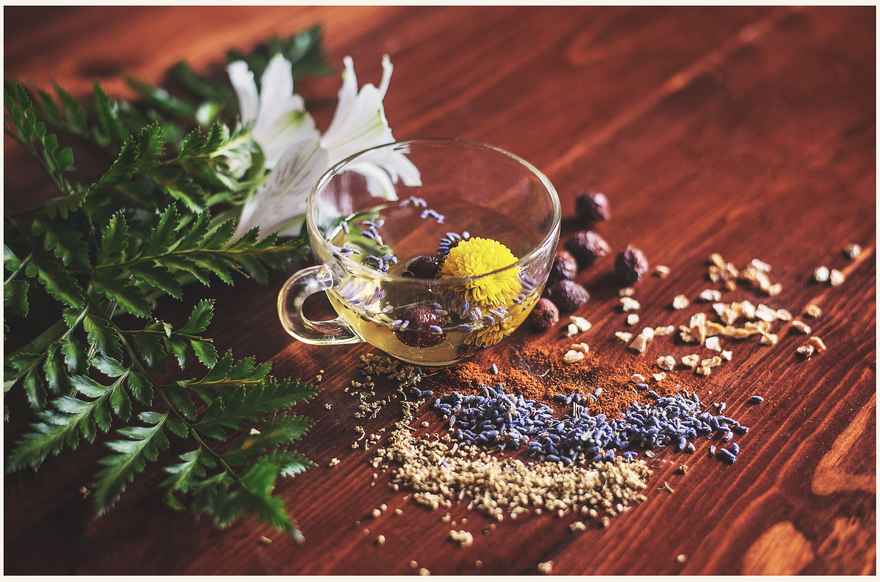
In our western culture, we have become used to understanding the nutritional aspects of our food by breaking down and isolating its different component parts into vitamins, minerals, phytonutrients, proteins, fat, carbohydrates and so on. However, there is a whole other dimension to understanding and making our dietary choices based on the energetics of a particular food, or more precisely, the effect the food has on the energetics of our body. 'Energetics' is rather a nebulous term but one aspect of what I am refering to in physiological terminology would be how a food effects our metabolism.
We can experience a foods energetic effect on us by noticing and asking ourselves after we eat something.....
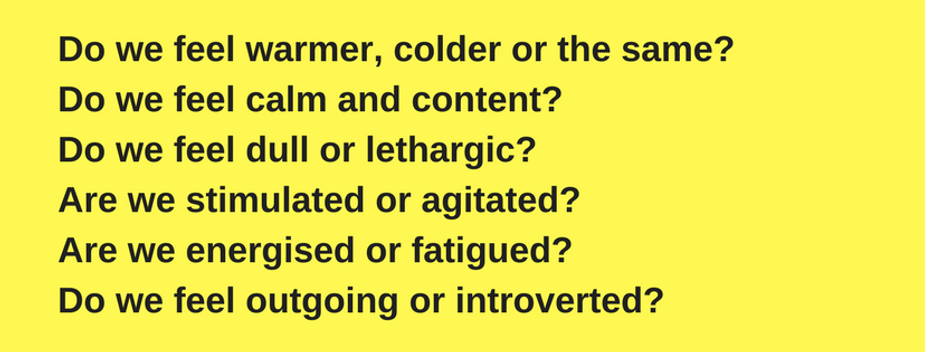
There are many eastern health care traditions that described various foods not based on their isolated nutritional components but on the energetic properties it has on a person. This allows a person or health practitioner to be able to discern what dietary choices may best help a person maintain balance or assist in returning to balance if they were unwell.
In this 2 part article I will discuss two traditions that utilise the energetic principles to guide dietary recommendations. Firstly, I will discuss the Traditional Chinese Medicine (TCM) food energetics and then in part 2 the ancient Indian Ayurvedic System.
Both of these traditions are very deep so I will be concise and share some of the basic principles with you. However, I hope to inspire further exploration into this fascinating area of nutrition that is often not recognised in our culture. I will also share some resources at the end for your interest.
Traditional Chinese Medicine stems from the ancient philosophy of Taoism. A Taoist way of life aims to live in harmony with nature, the universal energy or as they say, the Tao, meaning 'the way'. Taoists utilize the concept of yin and yang to describe the dynamics of ever changing polarity's in the universe that ultimately always balance each other. In Taoist terms, Yin and Yang have opposing characteristics. The characteristics of Yin and Yang vary between cultures so there aren't any defined descriptions. However, the principle of polarity is the key concept to understand.
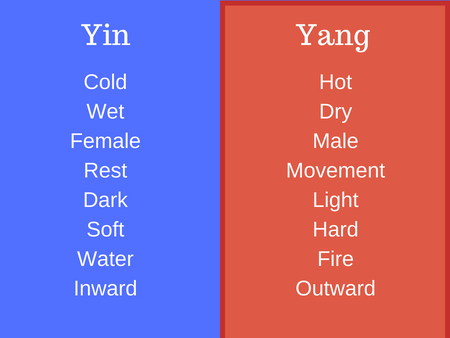
How does Yin and Yang relate to food?
While all foods contain both qualities of yin and yang, many foods will have a more dominant effect on us upon eating than others. While there are some foods that may naturally have a more neutral, balanced effect. The quantity of each food type consumed is another factor that influences its overall effect.
The method of food preparation
The method of food preparation also changes the qualities of a certain food. Within TCM, this is described as a foods' temperature. This is not the same as saying whether the food was served hot or cold in terms of degree's centigrade, but on the effect it has on the body after eating it.
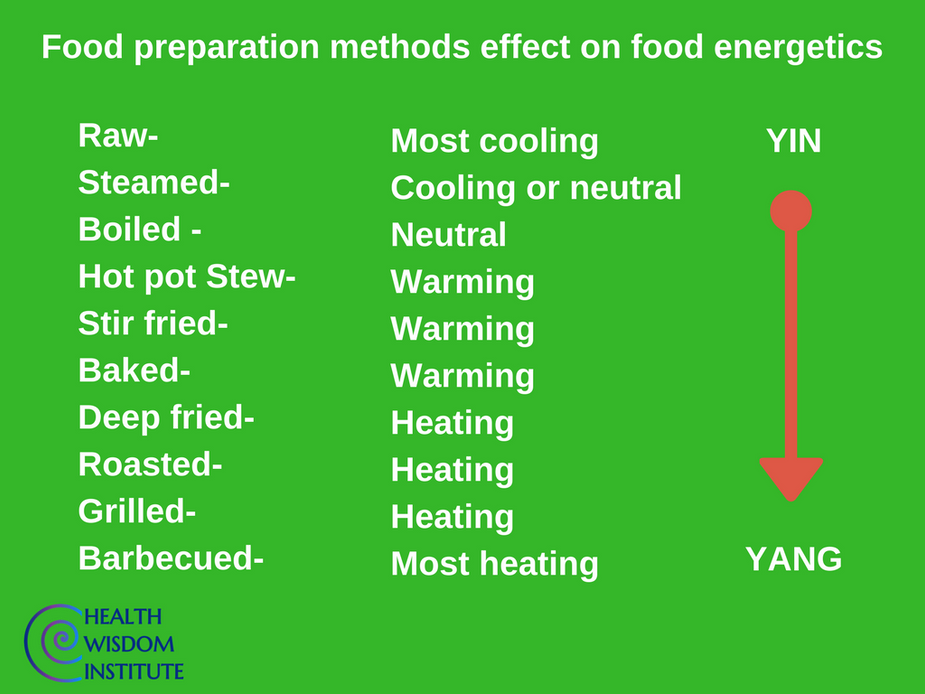
The Five Elements, Five Organs and Five Flavours
TCM practitioners also recognise the flavours of food or herb and relate a particular flavour to a major organ system and its associated element.
Food cravings for a particular flavour are often the body intuitively trying to rebalance itself or support a particular organ system.
For example, craving salt is a sign our kidney/ adrenal system may need some support.
However, a severe organ imbalance may lead to excessive cravings for certain flavours that can create further imbalance.
For instance, the Spleen-Pancreas organ system is nourished with sweet, warm, starchy carbohydrates like oats or sweet potato, however, an imbalanced spleen may lead to concentrated sugar cravings for foods like confectionary sweets that lead to an excess within the organ system which further stresses it. In this case, excess sweet creates more dampness, meaning stagnation which further hinders the digestive system function.
When healthy, we can normally trust cravings from a particular organ to restore balance, however the more unbalanced an organ, the less reliable those signals will be.
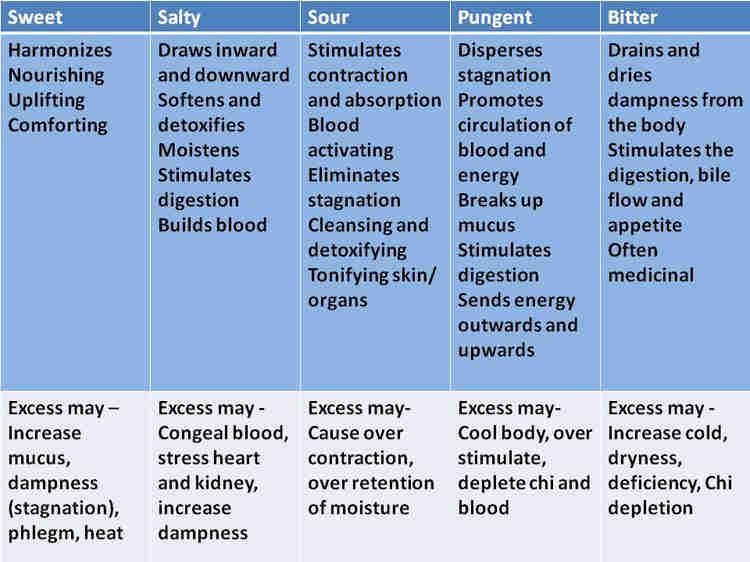
The 5 Flavours and the Seasons
The ancients Taoists recognised the importance of honouring the cycles of nature. Each season has an associated element along its corresponding organ and flavour. For example, the spring is represented by the wood element which governs the liver with the sour flavour entering its meridian.
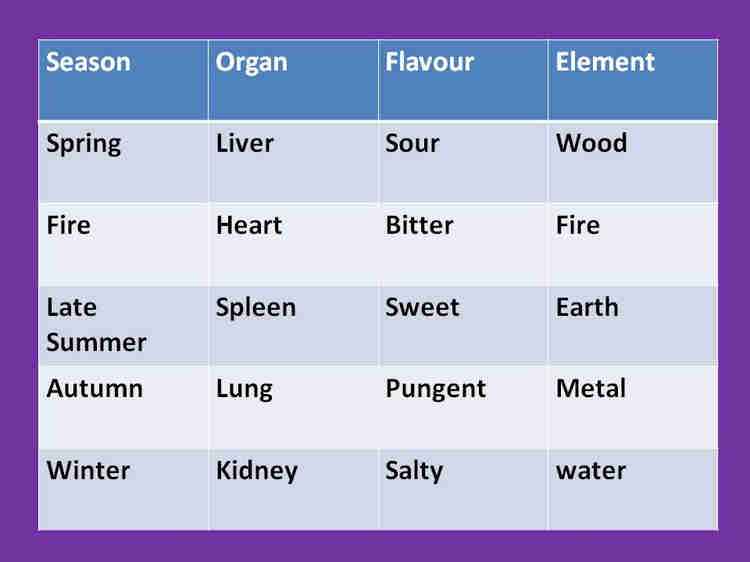
TCM diagnosis
After seeing a TCM practitioner, like a herbalist or acupuncturist, they may give you a overall diagnosis to describe your overall state of health.
For example, Yin deficiency, Yang deficiency, Damp Spleen, Blood deficiency or Liver yang rising.
Understandably, these terms may not mean anything to you unless you are familiar with the terminology.
To keeps things simple for this article I will describe two basic states, although there are still many caveats within each. Although they sound like opposing dynamics they can sometimes occur simultaneously. Everyone is unique, so there may be some individual permutations to any sets of recommendations.
YIN Deficiency
Yin is like the substance of the body, the fluid, the water, the fuel and the lubricant. With adequate Yin we can heal, repair and build new tissue. Yin is like our reserves ready to be activated and expressed with Yang activities.
When we don't rest enough, have suffered illness or we have been stressed for some time, our yin energy gets depleted.
Possible expressions of Yin deficiency
- A Yin deficient person may feel hot, as they have little cooling energy to ground and nourish them.
- Dry mouth or throat
- Insomnia
- Dizziness
- Ringing in ears - Tinnitus
- Exhaustion
- False fire- otherwise called empty heat- the sensation of having energy not due to abundance of yang but a deficiency of yin
The best way to restore our yin is through resting.
Restoring Yin with Food
Yin nourishing foods are often moistening, have cooling properties and are deeply nourishing.
However, it's important not to over cool and create dampness within the body. Supporting the digestive system with easy to digest foods like warm soups or kichari is often an excellent way to nourish the body most easily

When yin is deficient it is also wise to reduce foods that stimulate, aggravate or use up energy reserves like caffeine, sugar, alcohol or excess dry spices.
YANG deficiency
Yang is the activated expression of yin. It is the fire of the body that creates the heat and allows metabolic processes to take place so we can move, think, feel and generally complete activities. When our Yang is low, the moisture of yin may start to accumulate as the body is unable to transform it with the fire of its yang energy. A yang deficient person may feel cold and sluggish as they are unable to create the metabolic heat and energy to get going.
Yang is built up with activity, especially exercise, as the increase in oxygen fans the fire of our yang. We can support our yang by maintaining our warmth and activity. A person with strong yang energy is often passionate and actively engaged with life.
Restoring YANG with Food
Food preparation methods that warm us up are important to build up yang energy if it is low. These include cooking methods like stewing and baking, Too many cold raw foods or liquids can dampen the fire of our yang. Warming pungent spices are also helpful to stimulate the digestion and our metabolism.
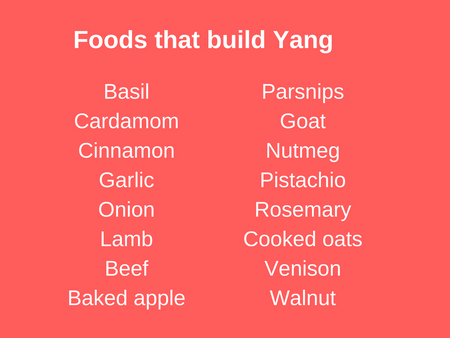
Foods and herbs that build yang energy are often warming, sweet, and pungent. Excess pungent flavour however can have the opposite effect, by cooling the body if it induces sweating. This is where Yang turns into Yin and increases the imbalance.
The Energy of Life- Chi or Qi
The ancient Taoists described a form of life force energy that permeated everything they called Chi. The more Chi we have moving through us without the hindrance of blockages, the more Chi we can utilise. We can harness Chi by combining the food we eat with the air we breathe. This is dependent on the strength of our lung and spleen organ system. One physiological representation of Chi, although it really means a lot more, could be the energy released from the electrons stored in foods after being excited by a photon of sunlight during photosynthesis.


I hope you found this brief exploration into the world of traditional Chinese food energetics helpful. In part 2 I will discuss the ancient Indian Ayurvedic system of food energetics and how you can determine your body type and which types of food may best help to maintain balance.
Thanks for reading, Quinn (2017)
Resources
Helping ourselves- A guide Chinese food energetics- Daverick Leggett
Healing with wholefoods- Paul Pitchford
Between Heaven and Earth- Harriet Beinfield
https://www.planetherbs.com/theory/comparing-the-liver-according-to-traditional-chinese-and-western-scientifc-physiology
html http://www.planetherbs.com/theory/integrating-the-traditional-chinese-understanding-of-the-kidneys-into-western-herbalism.html
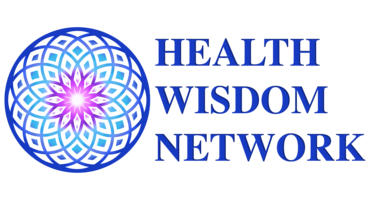
0 comments
Leave a comment
Please log in or register to post a comment